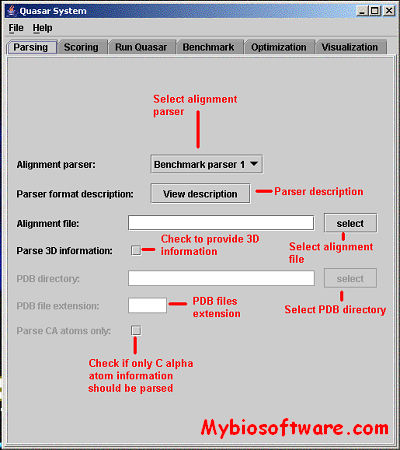ProtDec-LTR 3.0
:: DESCRIPTION
ProtDec-LTR is an method for protein remote homology detection by combining pseudo protein and supervised learning to rank
::DEVELOPER
:: SCREENSHOTS
N/A
:: REQUIREMENTS
- Web browser
:: DOWNLOAD
 NO
NO
:: MORE INFORMATION
Citation
Liu B, et al.
ProtDec-LTR3.0: protein remote homology detection by embedding sequence-based features into learning to rank,
IEEE ACCESS 2019; 7:102499-102507.
Chen J, Guo M, Li S, Liu B.
ProtDec-LTR2.0: an improved method for protein remote homology detection by combining pseudo protein and supervised Learning to Rank.
Bioinformatics. 2017 Nov 1;33(21):3473-3476. doi: 10.1093/bioinformatics/btx429. PMID: 29077805.
Liu B, Chen J, Wang X.
Application of learning to rank to protein remote homology detection.
Bioinformatics. 2015 Nov 1;31(21):3492-8. doi: 10.1093/bioinformatics/btv413. Epub 2015 Jul 10. PMID: 26163693.
